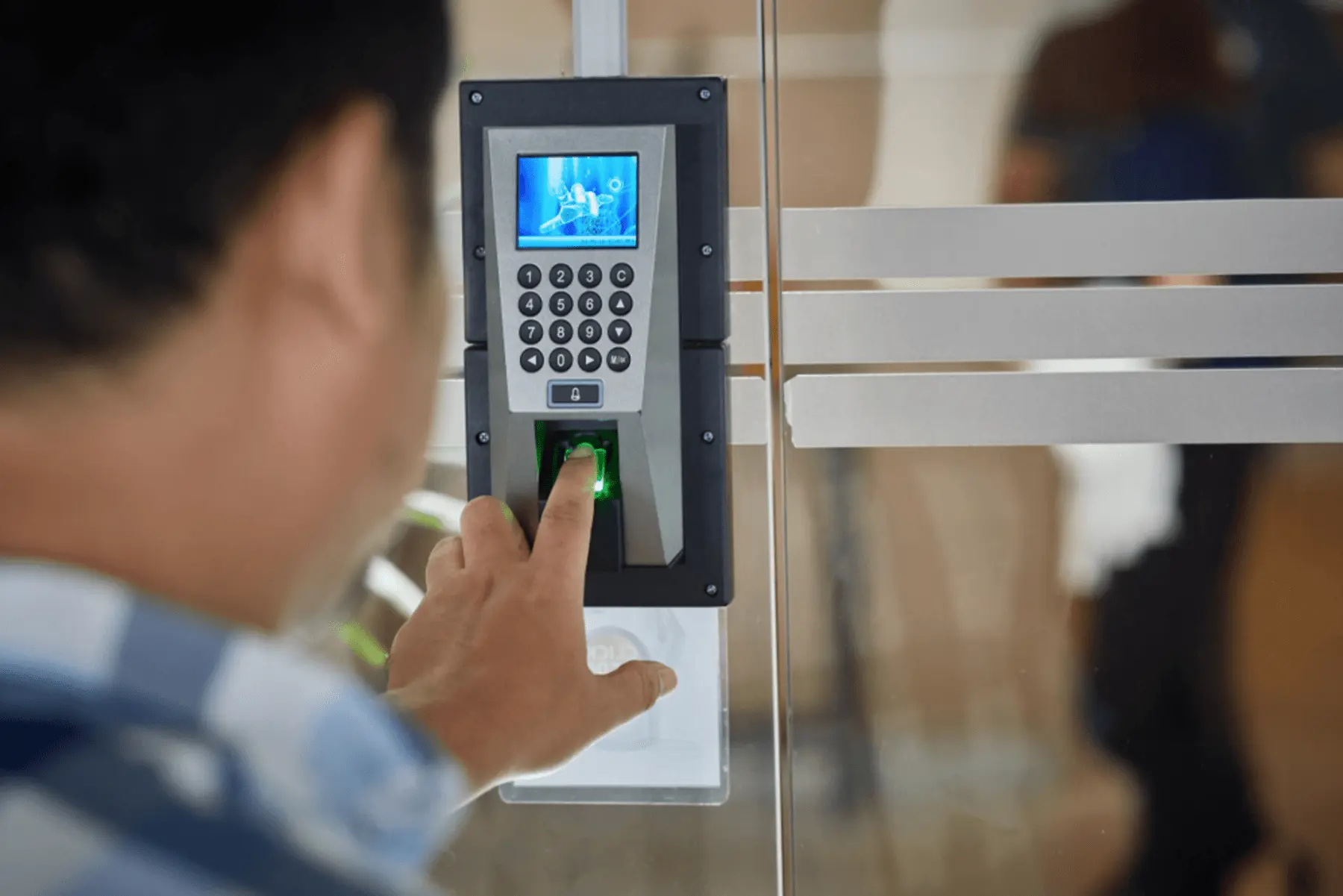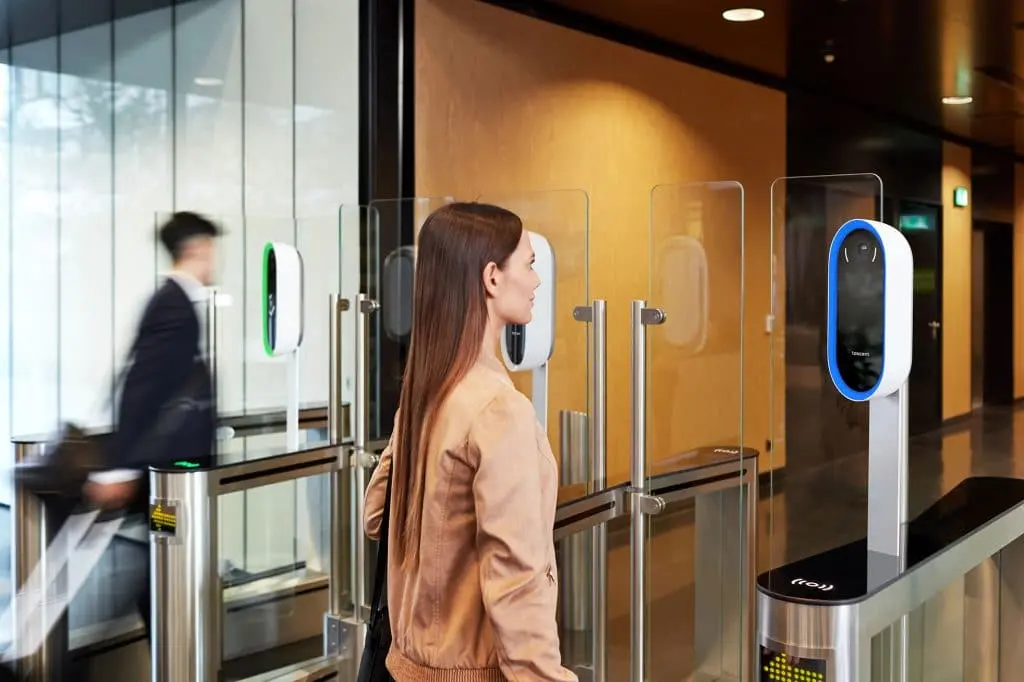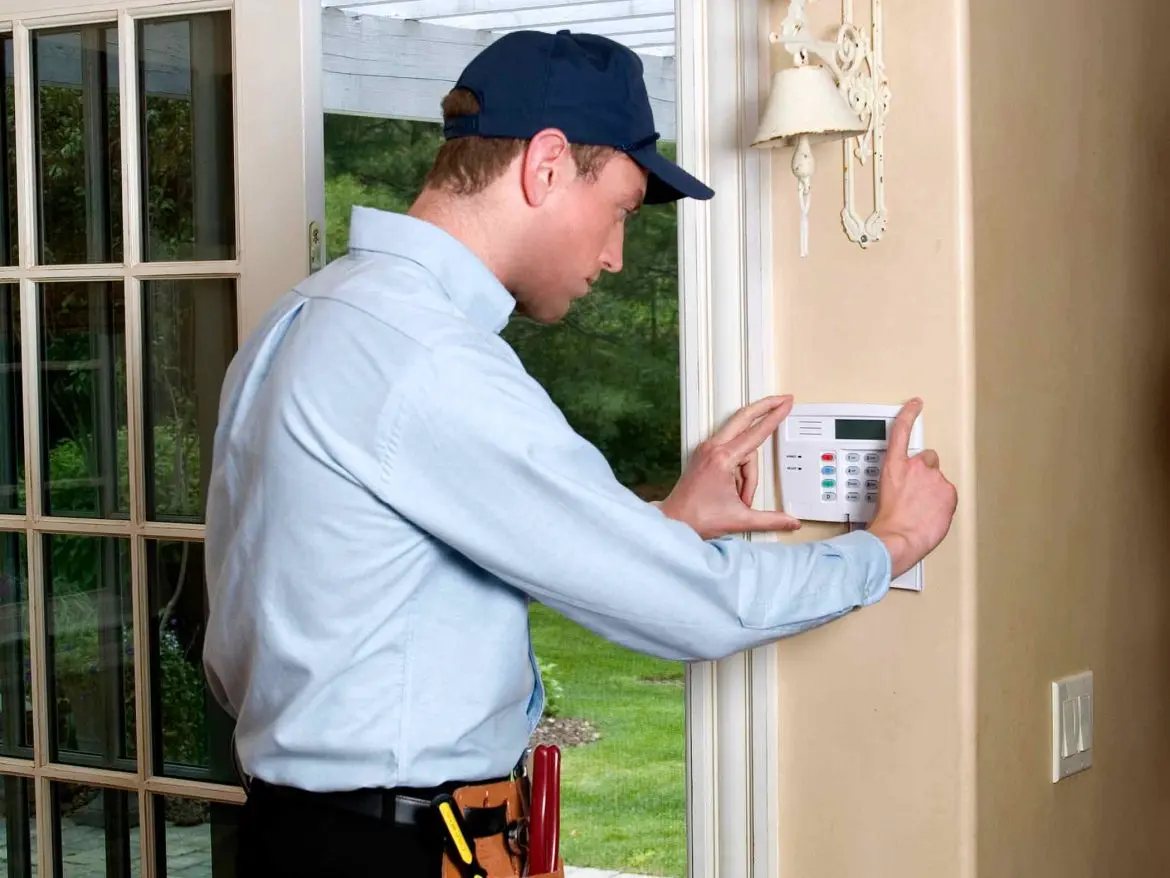In recent years, there has been a significant shift in security systems,
particularly with the widespread adoption of biometric access control. The move towards
biometrics is driven by a need for increased security, advancements in technology, and the
desire for more user-friendly access experiences.
Why Biometric Access Control
Increased Security Concerns
Traditional access control systems have faced limitations over the years, ranging from lost
key cards to
easily guessable codes. Biometric security systems address these
concerns by utilising unique physical characteristics that are nearly impossible to
replicate or share. This heightened level of security ensures a more reliable and robust
defence against unauthorised access.
Technological Advancements
Early biometric technology was once deemed unreliable and expensive. However, with remarkable
advancements in sensor technology, data storage, and software algorithms, biometric systems
have become not only more reliable but also more affordable. This democratisation of
technology has opened doors for a broader range of applications, making it more accessible
across various industries.
Ease of Use
In environments where time is crucial, such as hospitals or high-security buildings,
biometric systems offer a quicker and more user-friendly experience. The simplicity of a
fingerprint or facial scan eliminates the need to remember codes or carry key cards,
streamlining the flow of authorised personnel.
Choosing the Right Biometric Access Control System
Assessing Site Needs
Before integrating a biometric security
system UAE, it is crucial to understand the specific needs of the site. Factors
such as the location of the building, the number of entry points, and the type of
occupants can influence the choice of biometric system. High-security environments may
benefit from multi-modal biometric systems that use more than one biological trait for
verification.
Compatibility with Existing Systems
The seamless integration of biometric systems with existing security infrastructure is
vital. Before investing, evaluate current access control systems, software, and other
integrated security measures like surveillance cameras. The ideal biometric system
should offer a smooth integration process, minimising disruptions and additional costs.
Budget Considerations
While biometric systems may have a higher upfront cost, they offer long-term savings by
eliminating the need for cards, keys, or PIN systems. Consider budget constraints
carefully, including potential software updates, maintenance, and future scalability
costs.
Steps to Integrate Biometric Access Control
Preliminary Assessment
Conduct a thorough risk and needs assessment to identify weak points in the current
access control system. This comprehensive audit will guide the selection of the most
suitable biometric system and facilitate effective integration planning.
Installation Procedures
- Hardware Installation: Set up biometric readers, such as fingerprint scanners
or facial recognition cameras, at designated access points. Biometric access control
installation is available everywhere in the UAE.
- Software Integration: Integrate biometric software with existing access
control software, customising for seamless functionality.
- Database Configuration: Configure the biometric database securely and link it
to the existing access control system.
System Testing
Rigorously test the system under different conditions to ensure optimal hardware and
software performance. Simulate various scenarios to evaluate reliability, speed, and
accuracy, correcting any issues before making the system live.
Biometric Installation Tips for Secure, Reliable Systems
Monitoring and Maintenance
- Routine Checks and Software Updates: Regularly clean biometric hardware to
prevent performance issues and update software to patch vulnerabilities and enhance
functionality.
- Database Management: Optimise the database for quick and accurate
verifications, conduct data integrity checks, backups, and routine audits.
- Monitoring System Performance: Implement metrics to evaluate operation,
including transaction times, false acceptance rates, and false rejection rates.
- Support and Response Plan: Establish a clear protocol for technical issues,
with a knowledgeable support team ready to troubleshoot problems.
Implementing Redundancy Measures
Proactively ensure system availability by implementing backup systems in case of hardware
failure or system compromise, preventing significant downtime.
Biometric Hardware Considerations
With rapid innovations, businesses can now choose from various biometric hardware options.
Factors such as liveness detection and mobility play a crucial role in the success of
deployment. For instance, Honeywell offers high-quality biometric access control systems, enhancing
security. Mobile biometric hardware addresses the mobility needs of certain businesses.
Things to Consider Before Deploying Biometric Systems in the UAE
Conduct an Audit of Your Current Infrastructure ; Before implementing a biometric
system, conduct a security audit of the existing infrastructure to align it with current
security policies. Integrating a biometric system with existing processes is often easier
and more accepted by employees.
Biometric access control systems Security services in UAE. With a
focus on increased security, technological advancements, and user-friendly experiences,
biometric systems offer a robust solution for various industries. The careful consideration
of site needs, compatibility with existing systems, and budget constraints, coupled with
thorough integration and ongoing monitoring, ensures the successful deployment and
maintenance of biometric access control systems in the region.




